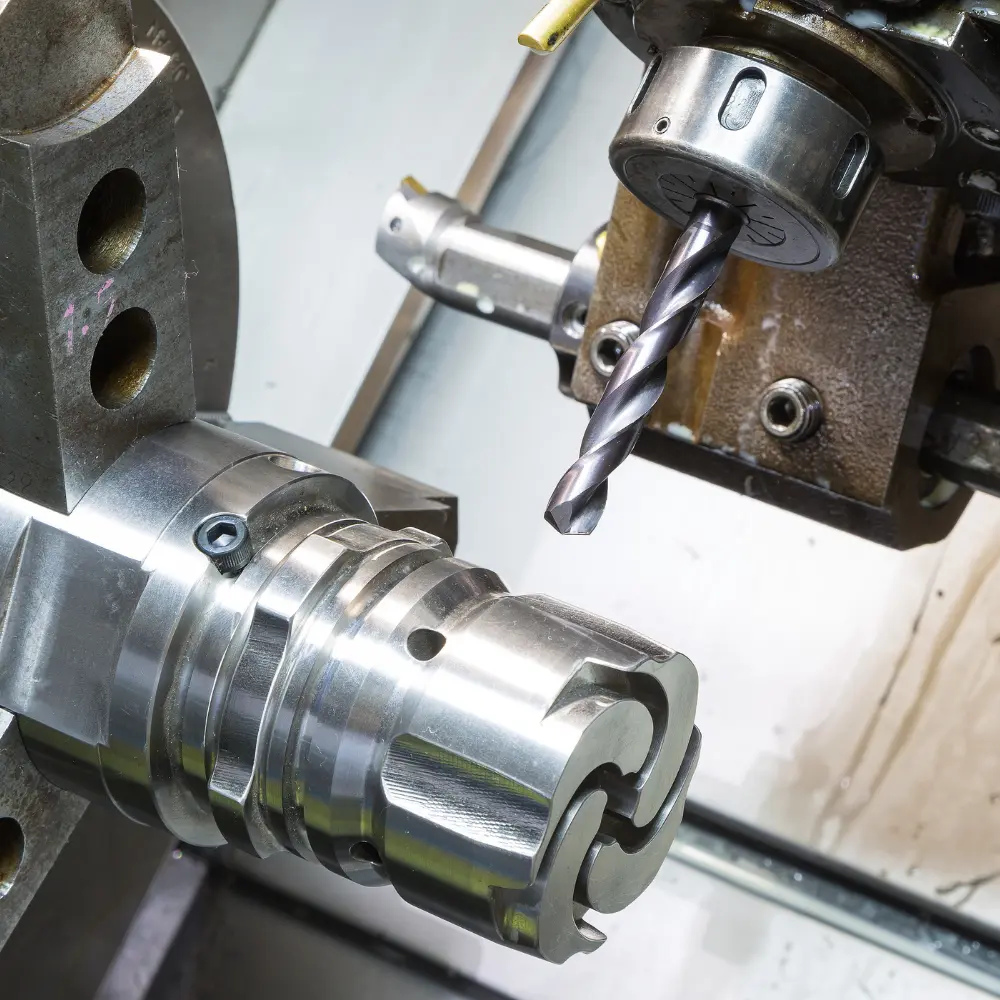Plastic Die Cutting Services: Kiss Cutting Materials
Cutting Depth and Application Focus
 Kiss cutting is a specialized form of die cutting, representing a nuanced application within the broader die cutting process. Both techniques utilize sharp dies to cut materials, but they do so with varying degrees of depth and precision, tailored to the specific requirements of the task at hand. This connection underscores that while kiss cutting and die cutting are closely related, they are differentiated by their application and the outcomes they achieve. Our plastic die cutting services include top-quality kiss cutting.
Kiss cutting is a specialized form of die cutting, representing a nuanced application within the broader die cutting process. Both techniques utilize sharp dies to cut materials, but they do so with varying degrees of depth and precision, tailored to the specific requirements of the task at hand. This connection underscores that while kiss cutting and die cutting are closely related, they are differentiated by their application and the outcomes they achieve. Our plastic die cutting services include top-quality kiss cutting.
Kiss cutting can be seen as an extension of die cutting, where the same fundamental process is adjusted to cut through only the top layer of a material without penetrating the backing layer. This specificity allows for creating adhesive labels, stickers, and other components that benefit from remaining attached to a protective backing until used.
Kiss Cutting Materials
Working directly with experts in the plastic die cutting service can help you narrow down your best material options, considering there are several practical options. Below are some of the most common materials we use for kiss cutting services.
- Acrylic Adhesives: Acrylic adhesives, renowned for their longevity and adaptability, are particularly suited to the kiss cutting process. This technique enables the production of pre-cut adhesive shapes, facilitating their application across various industries. Acrylic adhesives' ability to bond to diverse surfaces, including plastics and metals, and even oily or contaminated surfaces, is enhanced through kiss cutting. Precision cutting is instrumental in sectors such as electronics, automotive, and medical devices, where exact placement and secure bonding are critical.
- Double Coated Adhesives: Double coated adhesives, which usually come with a carrier liner made from film, tissue, or paper, greatly benefit from kiss cutting. This process allows for the adhesive and the carrier layer to be cut precisely while keeping the backing layer unharmed, making it easier to handle and apply the adhesives. The ability to cut through these layers selectively is especially valuable for products requiring layered assembly or temporary bonding solutions, making double coated adhesives ideal for manufacturing laminates, foam inserts, gaskets, and other similar products where precise component assembly is necessary.
- Transfer Adhesives: Transfer adhesives excel in kiss cutting applications because they lack a carrier liner, which simplifies the cutting process. The kiss cutting technique enables the precise shaping and sizing of these adhesives, while an extended liner helps prevent bleed and ensures clean application. This feature works well in industries like automotive, aerospace, and electronics, where transfer adhesives are favored for their ability to provide a low-profile bond, essential for the seamless integration of components in various applications.
- Rubber Adhesives: Although more sensitive to environmental conditions like UV light and temperature changes, rubber adhesives are still suitable for kiss cutting. This method creates pre-cut, aggressively adhesive components ideal for indoor use, where quick and strong bonding is required. The precision of kiss cutting ensures that rubber adhesives can be effectively used in manufacturing consumer electronics, appliances, and other products that need precise seals, gaskets, or mounting tapes without the necessity for outdoor durability.
Your Trusted Plastic Die Cutting Service Partner
Kiss cutting enhances the functionality and ease of application for all these types of adhesives, offering manufacturers a precise, efficient, and versatile method for creating ready-to-use adhesive components. This process is crucial for high-volume production environments where precision and ease of use are paramount, facilitating the creation of products that are easy to handle, distribute, and apply, thereby improving both the manufacturing process and the end-user experience.



